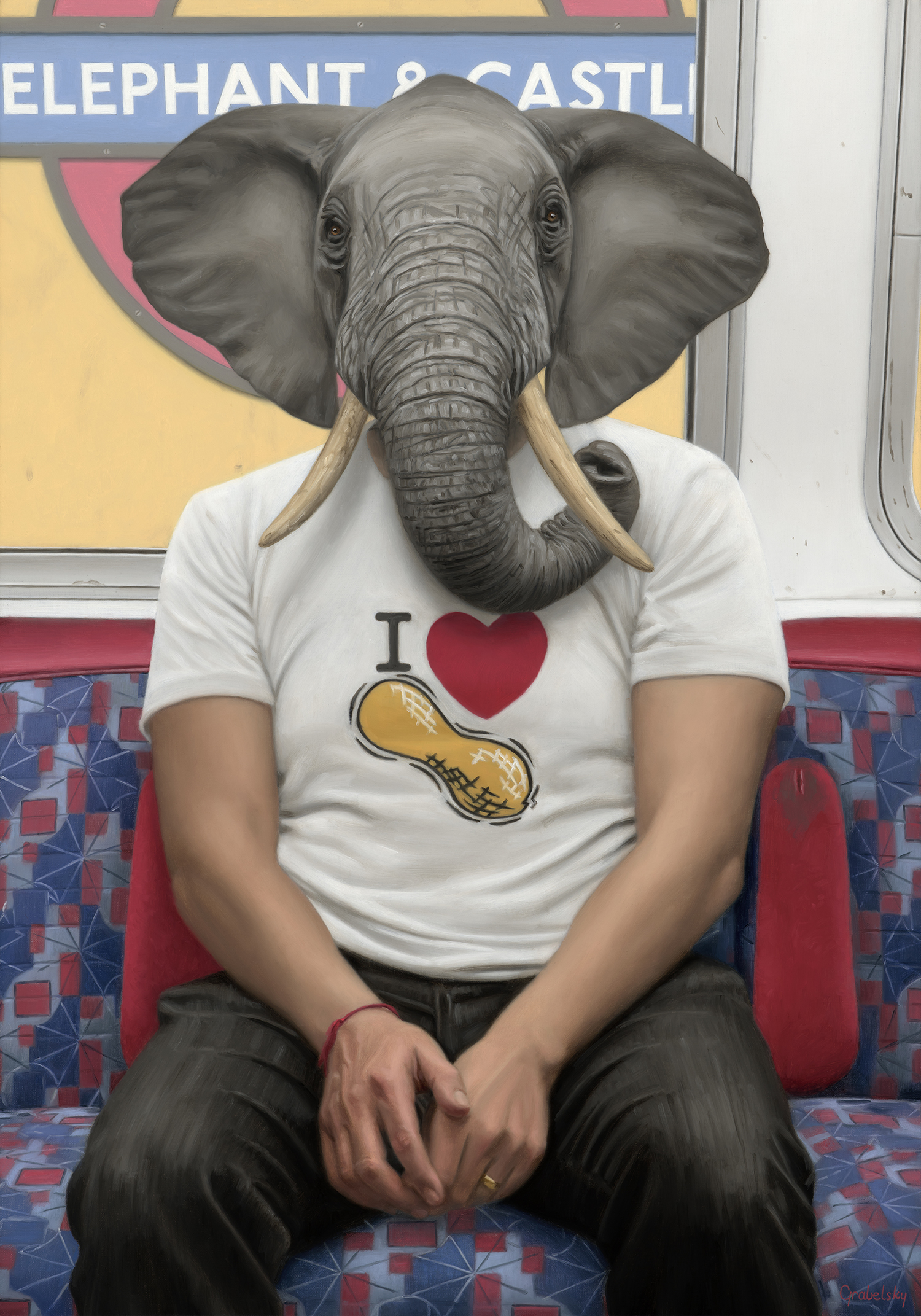
Swiss artist Urs Fischer, based in New York, adapts the human face into topographical forms in his paintings. Works like “Landscape,” above, are crafted from aluminum panel, reinforced polyurethane foam, epoxy, acrylic ink, primer, paint, and silkscreen, and gesso. These paintings reorganize visages into landscapes, with the artist’s own face used in differing ways. The recent show “Mind Moves,” erected at Gagosian Gallery in San Francisco, was accompanied by a quote from the artist: “At its core, art is all about order. When you’re an artist, you basically arrange, rearrange, or alter; you play off order.”




Fischer is a Zurich native, and he’s had solo exhibitions across the world, including Institute of Contemporary Arts in London, Stedelijk Museum Bureau in Amsterdam, and Centre Georges Pompidou in Paris.





As the gallery described the body of work “Mind Moves” in the fall: “Fischer’s own lips, nose, and eyebrows are freed from self-portraiture, instead becoming shapes that slide and mutate, melting and hardening in bright hues. With this series, Fischer recalls the compositional structures of grand landscape painting, presenting the two halves of his own face as topographical masses, propping gently against one another.”








 Matthew Grabelsky's oil paintings are at the center of a show currently running at Dorothy Circus Gallery in London. The artist is known for infusing everyday subway scenes with his realistically rendered animal-human hybrids, with “Passengers” collecting five new works and four studies. The show runs through Jan. 5 at the space.
Matthew Grabelsky's oil paintings are at the center of a show currently running at Dorothy Circus Gallery in London. The artist is known for infusing everyday subway scenes with his realistically rendered animal-human hybrids, with “Passengers” collecting five new works and four studies. The show runs through Jan. 5 at the space.